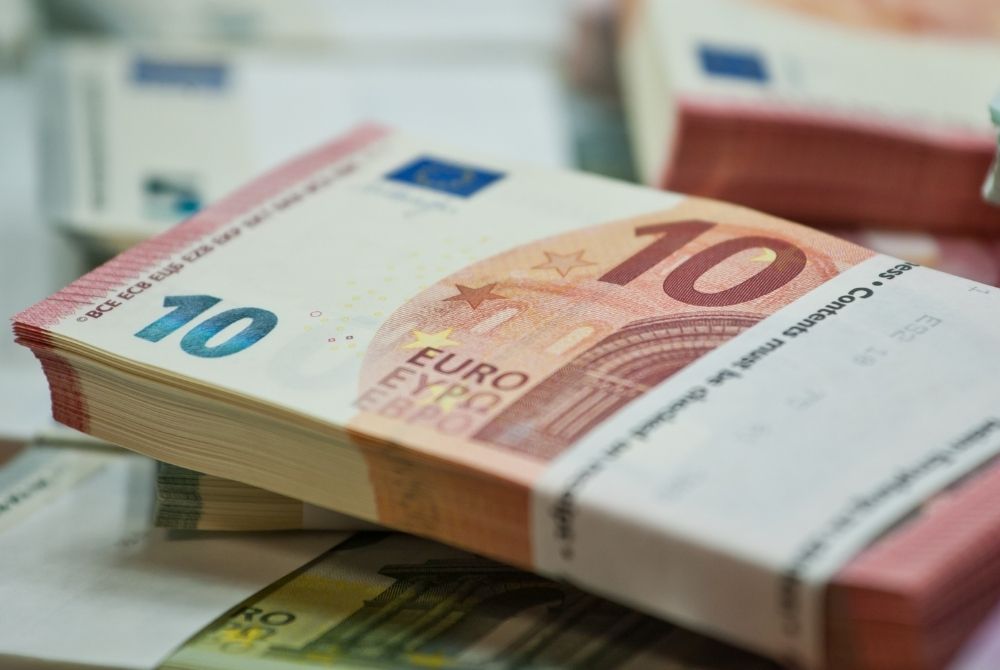Living in Europe and supporting your family in the Philippines can be challenging, especially during a global pandemic. On one hand, you want to help your loved ones with whatever they need – whether that be paying SSS contributions, grocery shopping, or helping out with college tuition. On the other hand, you’d want to find a way to do so without risking your own health or the health of your family in the Philippines.
The obvious solution is an online banking service that allows you to manage finances in more than one country. But, what about your family? How will they receive the money you send? More importantly, how can you make sure the money you send will arrive at its destination as quickly as possible? And, out of all the available remittance options, which is the best one for you?
If you’re a Filipino expat who now lives in Europe, you’ve probably asked yourself at least one of the questions mentioned above at some point. Luckily, we have a lot of information about international money transfers, which generates fascinating insights that can help you figure out what is the best solution for you and when is the best time to use it.
Bank transfer, cash pick up, or digital wallet
Sending money to the Philippines, there are three common options: a bank transfer to a local bank account, money transfer to a digital wallet, or a cash pickup option.
Looking into Rewire’s data, we see that the most popular remittance option from Europe to the Philippines between January 2020 and May 2021 is cash pick up as 47% of money transfers were made using this method.
With that in mind, data shows that people who want to send a large amount of money, usually opt for a wire transfer to a local bank account (43%) as these specific remittance orders contain higher amounts of money (approximately 10%) than the amounts sent for cash pick up.
Surprisingly, only 9.6% of money transfers made during the same period of time were made to digital wallets (GCach and Coins.ph). We refer to this number as ‘surprising’ as remitting money to a digital wallet is also typically the fastest way to send money to the Philippines as it is 100% digital on both sides and data shows that 93% of money transfers arrive within 2 hours from the moment the money transfer order has been made – regardless of the day of the week.
When do most Filipinos send money home?
Generally, money transfers from Europe to the Philippines are fast as 96% of these international transfers arrive at their destination within 24 hours. The time it takes for money transfers to be completed depends on various factors such as whether or not the money transfer was made on a weekday or on a weekend and which money transfer option is in use (e.g. wire transfer, cash pick up, digital wallet).
Without a doubt, the most popular day of the week to send money from Europe to the Philippines is Tuesday, in which 15.74% of money transfer orders are made. Other weekdays are not very far in terms of popularity with Wednesday (14.86%) being the weakest day for international money transfers. Naturally, Saturdays (12.1%) and Sundays (11.41%) have the lowest volume in terms of money transfer orders as traditional financial institutions such as banks, for example, are closed.
Tips, tricks, and data-based insights
So, other than gaining a fascinating glance at human financial behavior, what do we learn from all of this data? Here are some pro tips, gathered just for you:
Go digital. Yes, we know – Rewire is a digital platform and most of you are already there. This time, however, we mean your family. Naturally, the tangible option of cash pick up appeals to most people, and the traditional option of a wire transfer gives a sense of financial security. But, opting for an end-to-end digital solution (meaning, sending money from your Rewire app to a digital wallet) is, in most cases, the most instant solution and the least crowded one. Moreover, it will save your beneficiary the hassle of physically going to the cash pickup point.
Look out for fees. While some remittance services charge fees that vary according to the amount sent and the customer’s preferred money transfer option, opt for a reliable service that cares about its quality of service rather than the fees it charges. Rewire, for example, offers a €1.49 flat fee policy that allows you to send money to the Philippines whenever you want and however you choose, regardless of the money transfer option or the amount sent. In other words, you can send €50 or €500 and pay the same remittance fee.
Send money home on a weekday. Indeed, data shows that Mondays through Fridays are popular days for international money transfers. These are also the fastest days for international remittances as 97% of money transfer orders arrive on the same day.
Pay SSS online. Yes, you are reading correctly – Social Security contributions can be paid online via your Rewire app. Instead of sending money home to your family, waiting for them to pay your SSS for you, you can pay for yourself, and for your family members.
Consult with your peers. There are A LOT of Filipino expats living in Europe today. If you’re not sure where to find them, a quick search through social media can indicate various local communities of expats who, just like you, are looking for that evasive feeling of home away from home. Plus, no one will be able to give you better tips regarding cross-country money management than someone who is doing the exact same thing.
Living away from your family is hard. You do your best to support them as they make their dreams come true, pay their bills, or simply save up the money you send for a rainy day. Regardless of the reason, it’s important that you have all of the necessary information in order to make your financial management as efficient as possible, without delays or extra costs.









